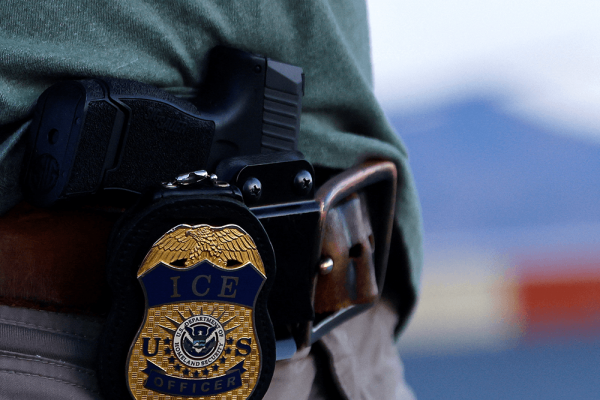Feb 5, 2025
Within hours of coming into office, President Donald Trump rescinded a 14-year policy prohibiting Immigration and Customs Enforcement officers from arresting migrants near “sensitive locations,” including schools, hospitals, and places of worship. Here’s how church leaders responded
Read the Full Article

Already a subscriber? Login
